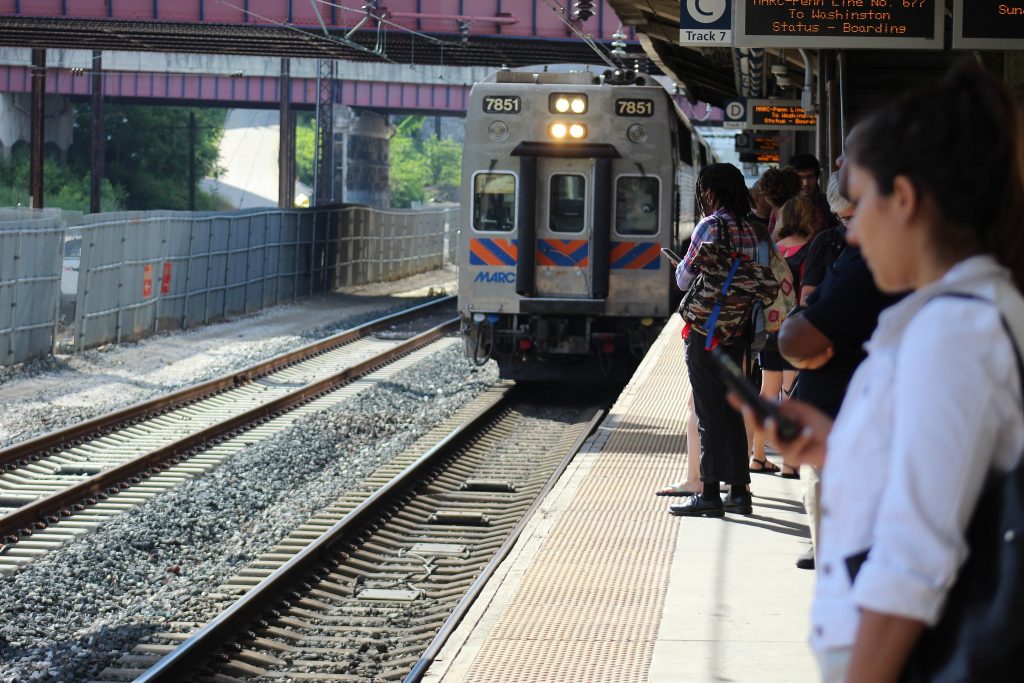
The infrastructure stimulus will do more harm than good if policy doesn’t change

The Biden administration is preparing to release an infrastructure stimulus package, potentially as soon as next week. We’re having flashbacks to the Recovery Act of 2009, a package that missed a lot of opportunities. Here’s why the way funding is allocated matters as much — if not more — than how much funding is proposed.

The vaunted “infrastructure stimulus” might be upon us, with rumored price tags (big price tags) for prospective infrastructure investments leaking out of the White House.
We’ve been here before: the 2009 Recovery Act put a lot of money into existing federal transportation programs—rather than targeting the funding for a specific purpose —in order to move money quickly. But these programs weren’t designed to solve the issue at hand: short-term job creation. So they failed to create the most new jobs as they could have.
This time around, Americans want an infrastructure package that addresses economic recovery through job creation; rebuilds crumbling roads, bridges, and transit systems; and reduces climate emissions and racial inequities. But our existing federal transportation programs aren’t built to achieve these outcomes—no matter how much more money is pumped into them. In fact, they often produce the opposite result: building new infrastructure we can’t afford to maintain, driving up emissions and creating barriers to people of color trying to get to work and essential services.
So as the White House unveils its approach to infrastructure, listen less to the price tags or the messaging and look more at specifically how they allocate the funding. For example:
- If they say they’re “repairing crumbling roads and bridges” but just fund the existing transportation program that has failed to do so for decades then they’re not repairing crumbling roads and bridges.
- If they say they’re investing in climate by electrifying vehicles but double down on a vehicle-only transportation system then they’re investing in climate half-heartedly — undermining the efficiencies they are getting from cars with inefficiencies and burdens from the transportation system.

- If they say they’re helping communities of color but give states money to displace those communities in order to widen a road (like I-45 in Houston) or allow the construction of deadly roads that disproportionately kill Black and brown people then they’re not helping communities of color.

When it comes to infrastructure, the words often do not match the funding. We should not be fooled by that. We need to look at what they are doing with the money and hold them accountable for what they are promising.



